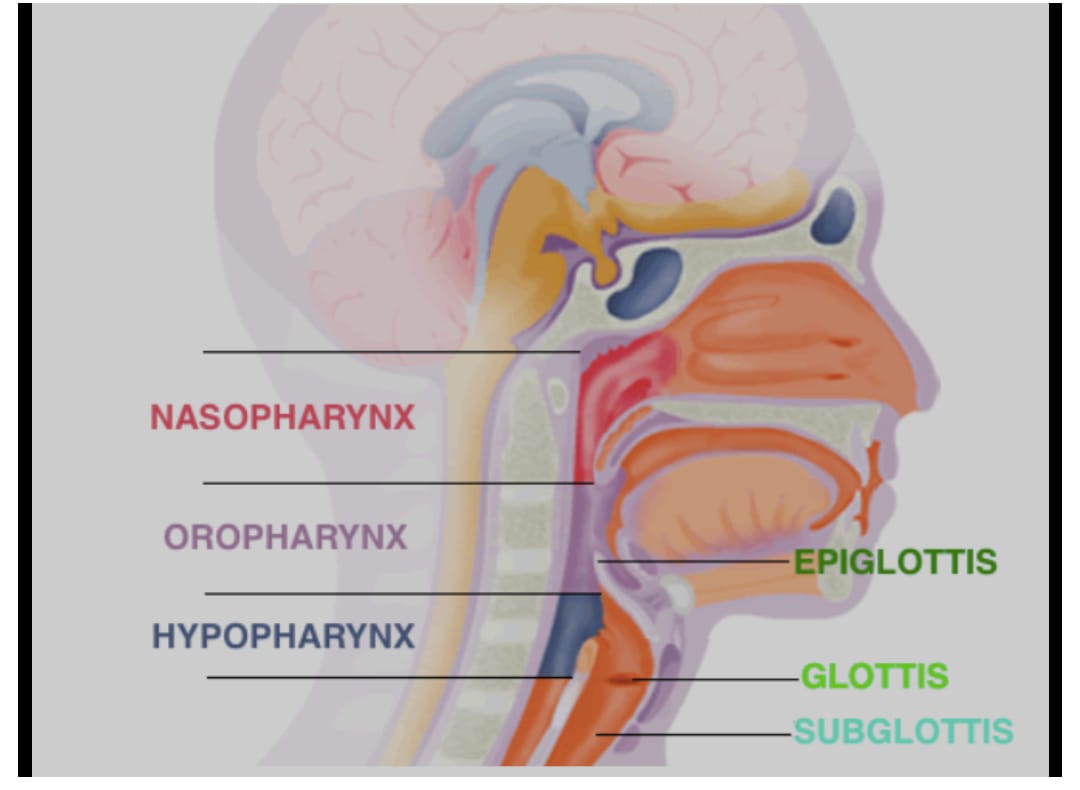Diagnostic Usefulness of soft tissue x-ray of the neck in Otorhinolaryngology.
Soft tissue X-rays of the neck can be useful in Otorhinolaryngology (ENT) for various diagnostic purposes including the following:
Diagnostic Usefulness
-
Evaluation of the Airway:
Soft tissue X-rays can help assess the patency of the airway, particularly in cases of suspected obstruction or stenosis.
-
Foreign Body Detection
X-rays can help identify radiopaque foreign bodies in the upper aerodigestive tract.
-
Assessment of Soft Tissue Masses
Soft tissue X-rays can provide information about the size and location of masses in the neck, such as abscesses or tumors.
-
Evaluation of Trauma
X-rays can help assess the extent of soft tissue injuries in the neck, such as lacerations or hematomas.
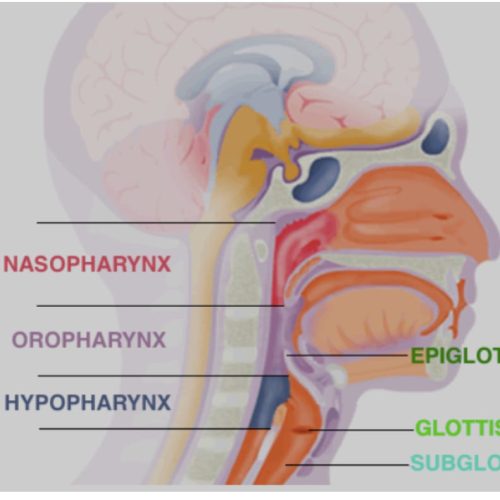
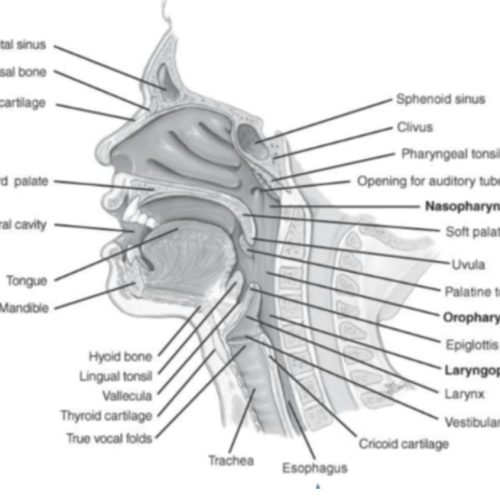
Limitations
-
Limited Detail
Soft tissue X-rays may not provide detailed information about complex anatomical structures or subtle abnormalities.
-
Radiation Exposure
X-rays involve radiation exposure, which should be minimized, especially in pediatric patients.
Alternative Imaging Modalities
-
Computed Tomography (CT)
CT scans provide more detailed information about soft tissue structures and are often preferred for evaluating complex neck anatomy.
-
Magnetic Resonance Imaging (MRI)
MRI offers excellent soft tissue resolution and is useful for evaluating soft tissue masses, tumors, and certain inflammatory conditions.
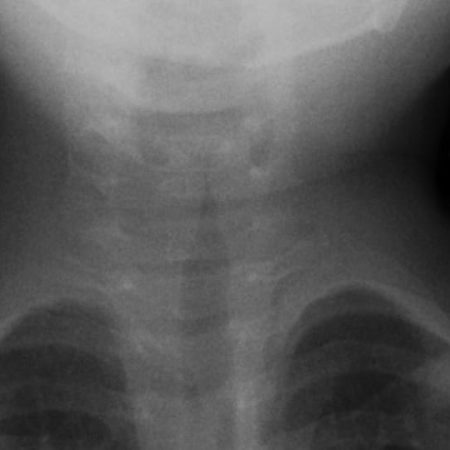
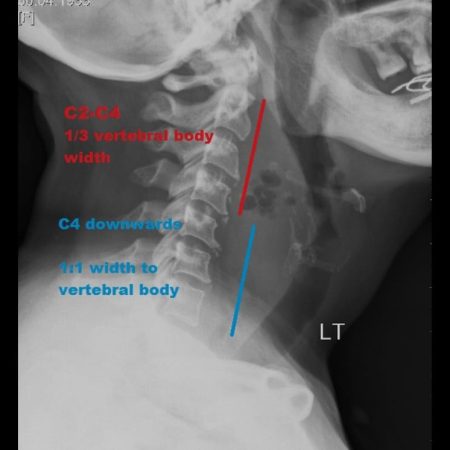
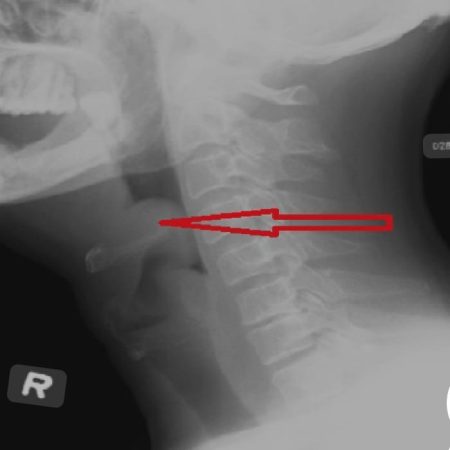
Clinical Applications
-
ENT Emergencies
Soft tissue X-rays can be useful in emergency situations, such as suspected foreign body ingestion or airway obstruction.
-
Pediatric Patients
X-rays may be used in pediatric patients to evaluate suspected foreign bodies or airway obstruction.
Here are some specific conditions that can be revealed by soft tissue X-ray of the neck:
Conditions
-
Acute Epiglottitis
Soft tissue X-ray may show an enlarged epiglottis, which can be a sign of acute epiglottitis. al and prevertebral soft tissues.
-
Laryngotracheobronchitis (Croup)
X-ray may show subglottic narrowing, known as the "steeple sign," which is characteristic of croup.
-
Retropharyngeal Abscess
Soft tissue X-ray may show widening of the prevertebral soft tissues, which can indicate a retropharyngeal abscess.
-
Adenoid Hypertrophy
X-ray may show enlarged adenoids, which can cause nasal obstruction and other respiratory symptoms.
-
Impacted Foreign Body
Soft tissue X-ray can help identify radiopaque foreign bodies, such as coins, fish bones, or dentures, that are impacted in the hypopharynx or esophagus.
-
Oesophageal perforation
In oesophageal perforation, whether accidental or iatrogenic, there would be air trapped in the soft tissues of neck, including the retroperitoneal and prevertebral soft tissues.
Radiographic Findings
-
Enlarged Epiglottis
A swollen epiglottis can be seen in acute epiglottitis.
-
Steeple Sign
Subglottic narrowing can be seen in croup.
-
Prevertebral Soft Tissue Widening
Widening of the prevertebral soft tissues can indicate a retropharyngeal abscess.
-
Adenoid Enlargement
Enlarged adenoids can be seen on X-ray.
-
Foreign Body
Radiopaque foreign bodies can be seen on X-ray.
Clinical Implications
-
Prompt Diagnosis
Soft tissue X-ray can help diagnose these conditions promptly, allowing for timely treatment and management.
-
Treatment Planning
X-ray findings can guide treatment planning, such as the need for antibiotics, steroids, or surgical intervention.
-
Monitoring Progress
X-rays can be used to monitor the progress of treatment and assess for any complications.
In summary, soft tissue X-rays of the neck can be a useful diagnostic tool in otorhinolaryngology, particularly for evaluating airway patency, detecting foreign bodies, and assessing soft tissue masses. However, they have limitations, and alternative imaging modalities like CT and MRI may be preferred in certain situations.
Share Post On:
Recent Posts
-
Technique of Incision and Drainage of Septal Hematoma/Septal Abscess
-
Upper Aerodigestive Tract Foreign Body Impaction
-
Incision and Drainage of Hematoma Auris
-
Rigid Bronchoscopy for Retrieval of Foreign Bodies in Children
-
Foreign Body Impaction in the Larynx, Trachea, and Bronchi
-
Leadership Position is a Tool, not a Trophy
-
Carcinoma of the Oropharynx
-
Peritonsillar Abscess
-
Ethics of Doctor-Patient Relationship
-
Doctor-Patient Relationship Case Scenarios
-
Asymmetrical Tonsils and Approach to Evaluation and Management
-
Nasal Polyposis
-
Rigid Oesophagoscopy and Complication
-
Anatomy of Oesophagus
-
Stridor, Snoring, Stertor And Wheezing: How They Compare
-
Temporomandibular Joint (TMJ)
-
Otoacoustic Emissions
-
Tympanometry
-
Functional Endoscopic Sinus Surgery (FESS)
-
Tracheostomy
-
Clinical Voice Test (CVT) for Hearing Loss
-
Acute Epiglottitis And Approach To Management
-
Synoptic Overview Of Nasopharyngeal Carcinoma
-
Prioritizing Support For People With Disabilities Over Unhealthy Competitions That Marginalise The Downtrodden
-
Otitic Barotrauma
-
Titbits of Informed Consent Process for a Medical or Surgical Procedure
-
Comprehensive Overview of Mpox (Monkeypox)
-
Overview Of Corrosive Ingestion - Acid & Alkalis, and Management Approach
-
Ethical Conundrum
-
Comprehensive Overview of Laryngeal Papillomatosis and HPV Virus
Categories
Get in Touch
Read doctor-produced health and medical information written for you to make informed decisions about your health concerns.

